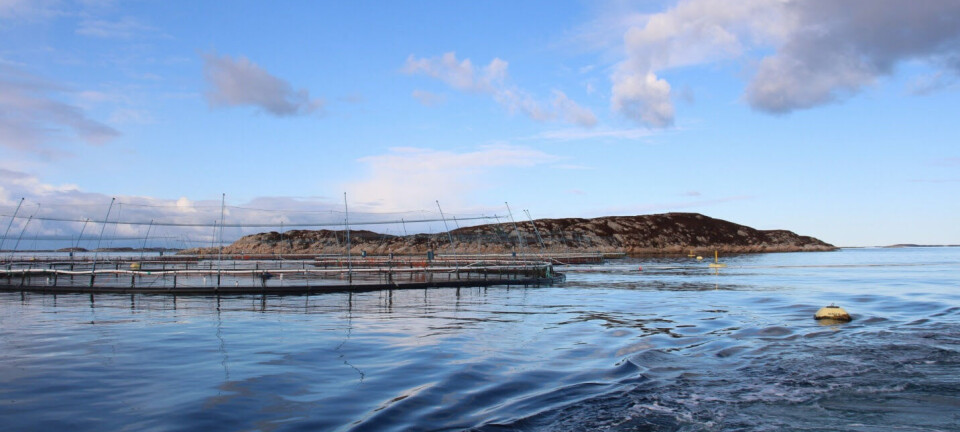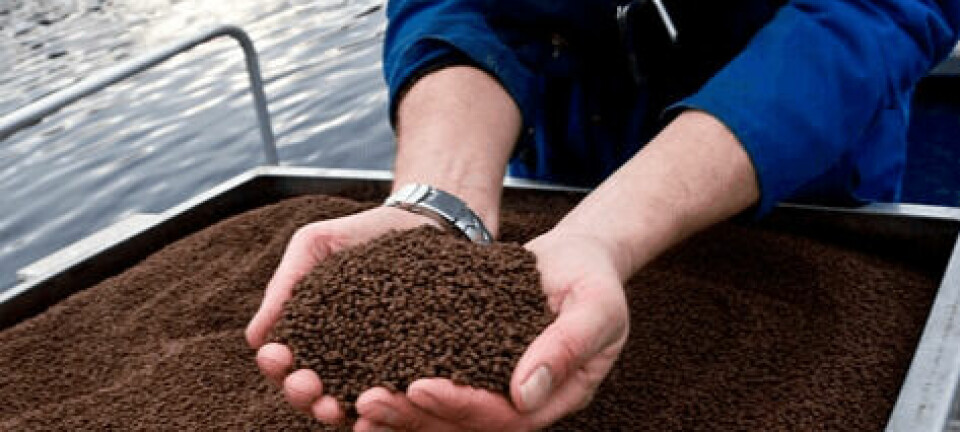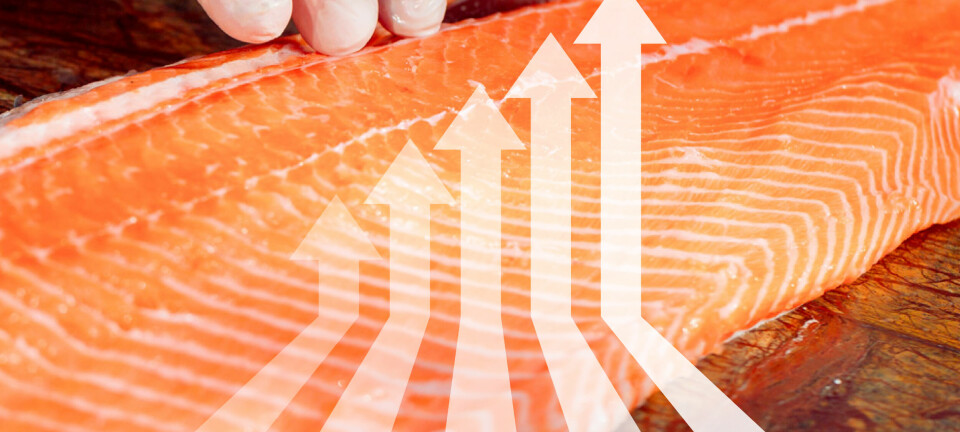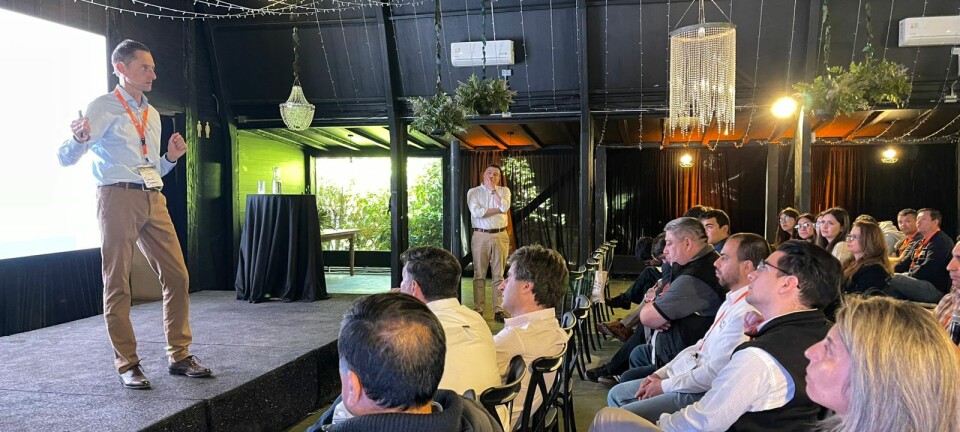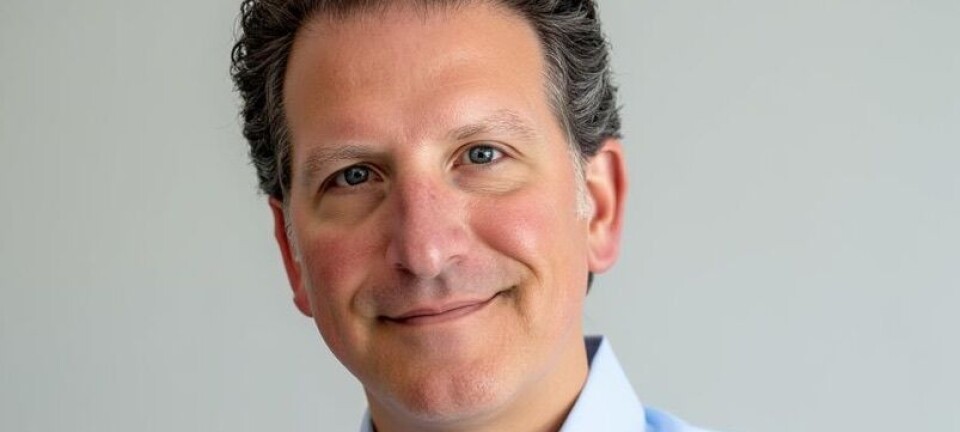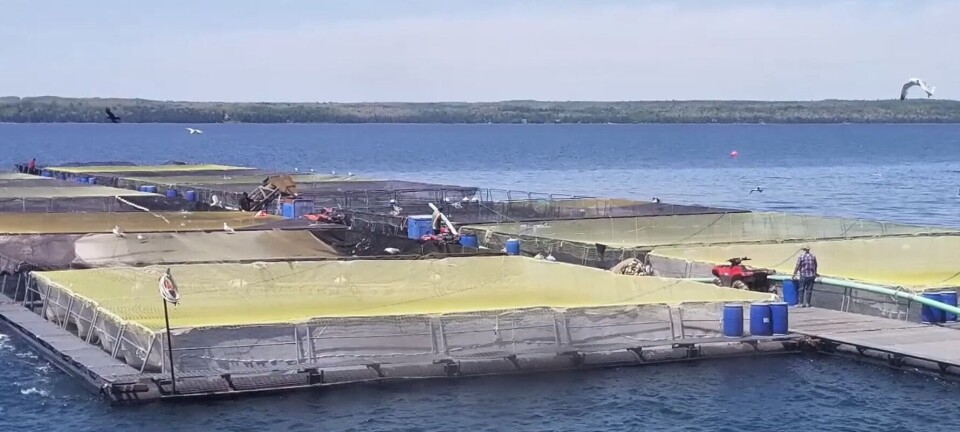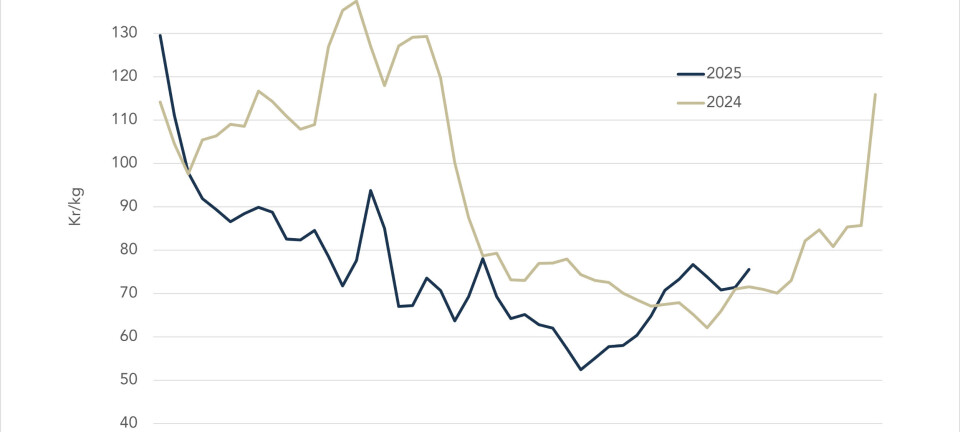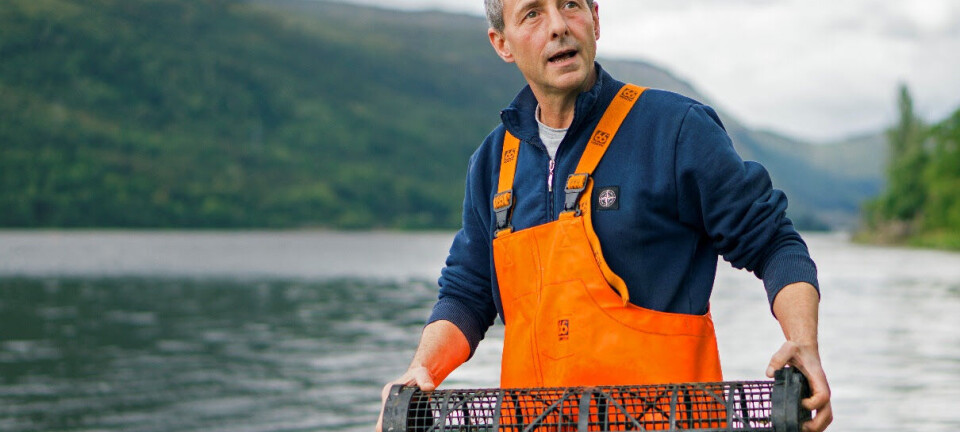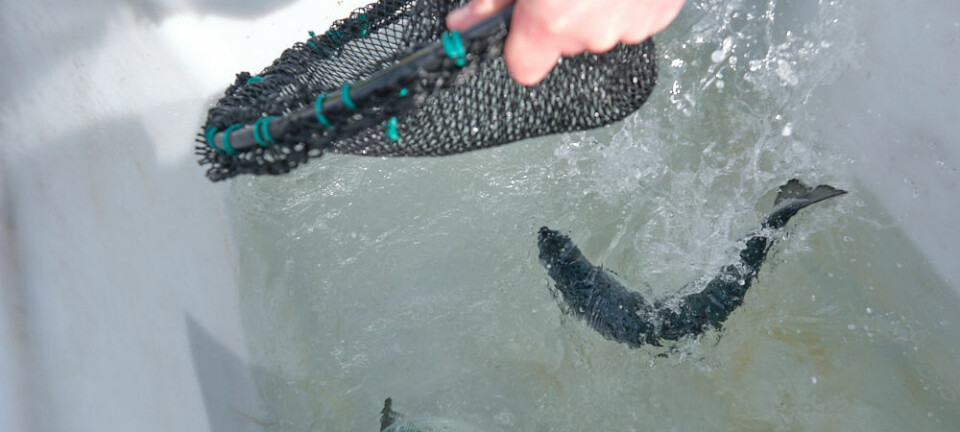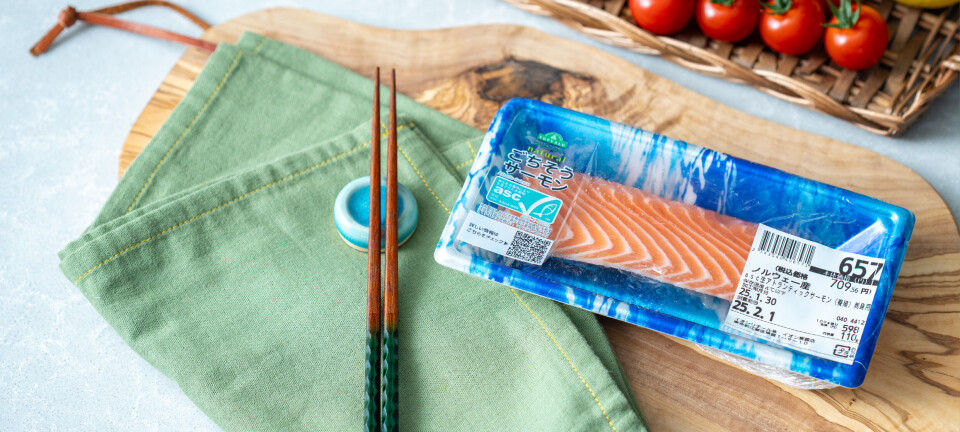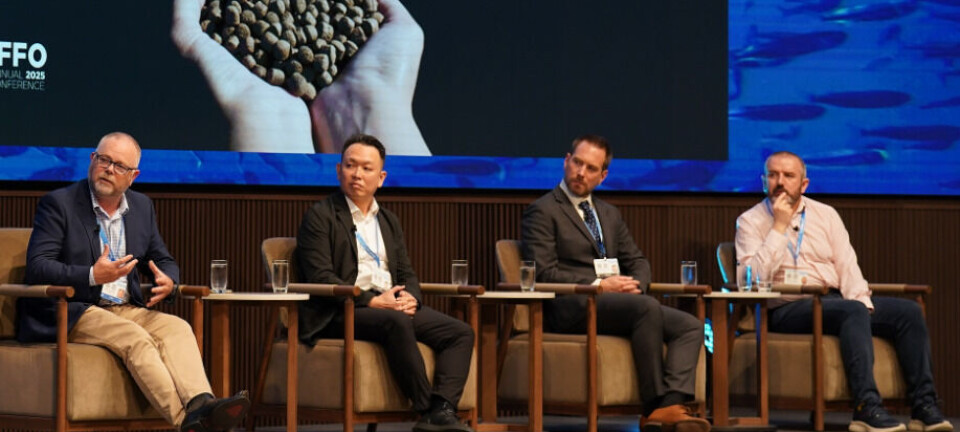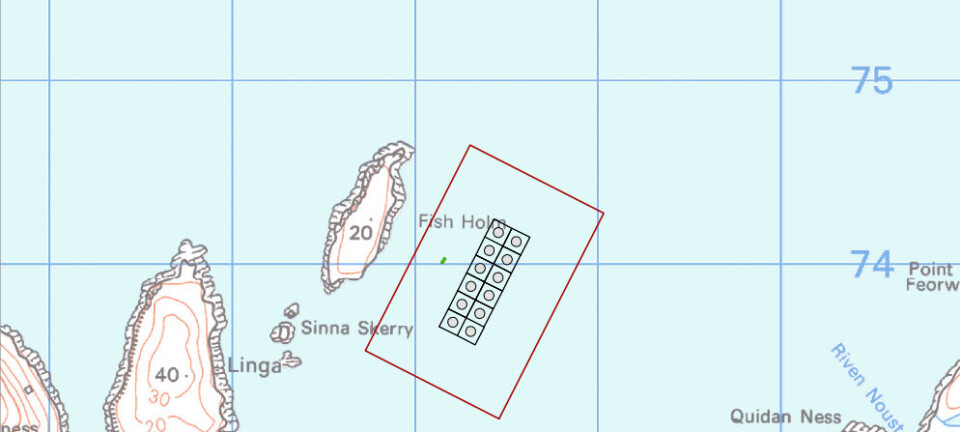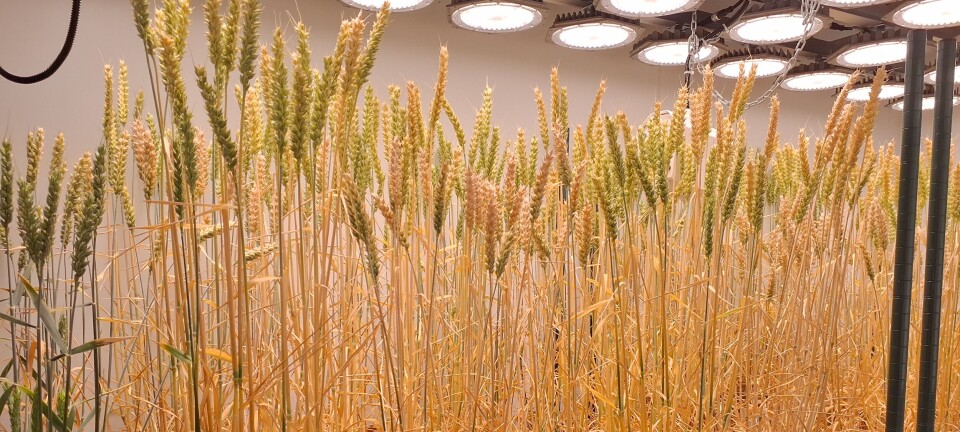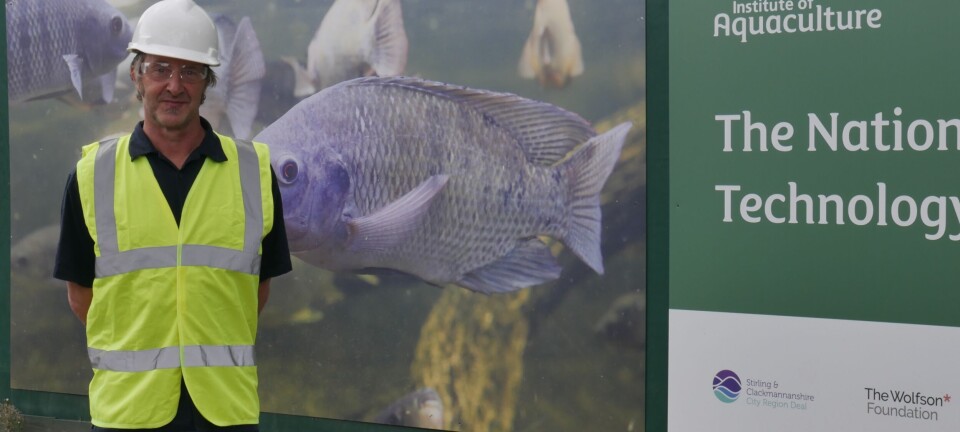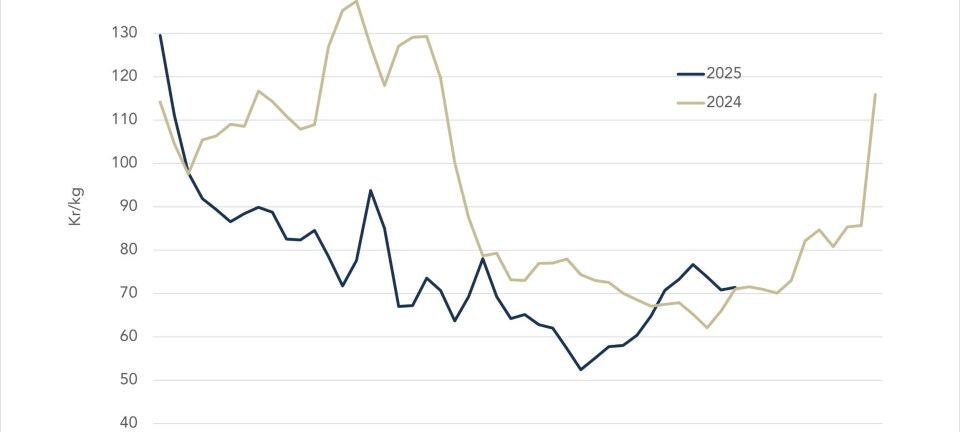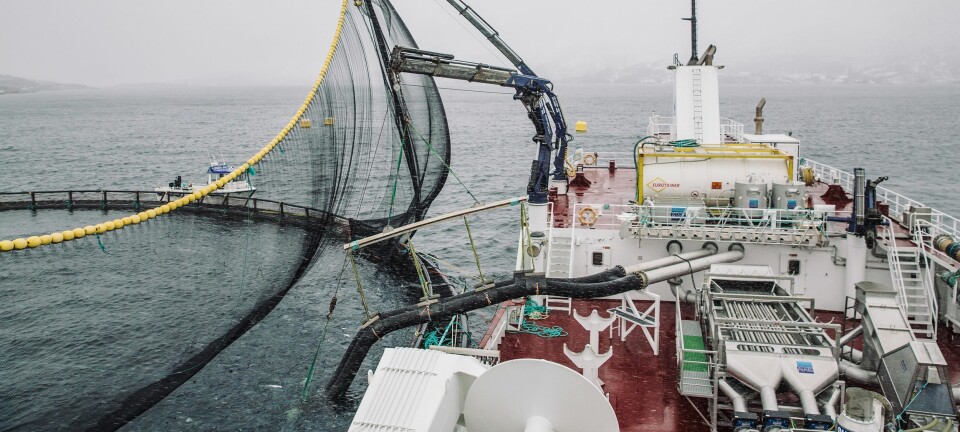
Better fish health and lower costs help Camanchaca back into the black
Chilean fish farmer Salmones Camanchaca made an operating profit (EBIT) of US $14 million in the first quarter of this year, a substantial turnaround from the $0.73m operating loss made in the same period in 2024.
Turnover was $104m, 11% lower than in Q1 2024, due to a lower sales volume of coho salmon following a decision to grow 2024-25 season coho at just one site instead of three. The lower coho volume was offset by a higher harvest volume of Atlantic salmon and lower costs.
The company harvested 12,612 tonnes (whole fish equivalent) of Atlantic salmon in Q1 2025, up 27% compared to the same period last year, primarily due to a higher average harvest weight of 5.1 kg WFE, up from 4.4 kg in Q1 2024.
EBIT per kg up fivefold
EBIT/kg of Atlantic salmon rose to $1.01, up from $0.20 in Q1 2024, and in coho it reached $0.06 compared to a loss of $1.02 per kilo in Q1 last year.
Ex-cage cost (live weight) of Atlantic salmon decreased by 14% to $4.20/kg, due to the recovery of average weights, better biological conditions in the harvested sites, and lower feed costs.
Processing cost of Atlantic salmon was $1.06/kg, lower than the $1.18/kg in Q1 24 because of higher processed volumes but still higher than the target of $1/kg.

Low mortality
Camanchaca reported low exceptional mortality costs of $0.5m (Q1 2024: $0.1m), and said mortalities were lower than the industry average.
Estimated harvests for 2025 are 55-60,000 tonnes WFE of Atlantic salmon and approximately 2,000 tonnes WFE of coho (3,500 tonnes WFE for the 2025-26 season). Total harvests for 2025 could exceed 60,000 tonnes WFE.
The United States continues to be Camanchaca’s largest market for Atlantic salmon, taking 39.9% of the 12,999 tonnes the company sold in Q1 although this was down from the 54.8% share that went to the US in the same quarter last year.
Brazil was the second largest customer, buying 28.6% of the export volume, up from 13% in Q1 2024.
Value-added products accounted for 64% of Camanchaca’s sales.
Progress and risks
Camanchaca chief executive Ricardo García highlighted the work in efficiency and productivity that the company has been developing since 2022, which he said had yielded concrete progress in productivity, reflected in the improvement of results.
“Taking advantage of our installed capabilities, the organic growth plan in Atlantic salmon is progressing hand in hand with reductions in net financial debt, which decreased by 36% to $87 million. This will lead to lower financial expenses and a lower (bank interest) spread,” said García, who also warned that there remain significant regulatory risks, along with the added issue of US import tariffs.
Camanchaca has reinforced the diversification of markets and formats to mitigate the risks, added the CEO.





